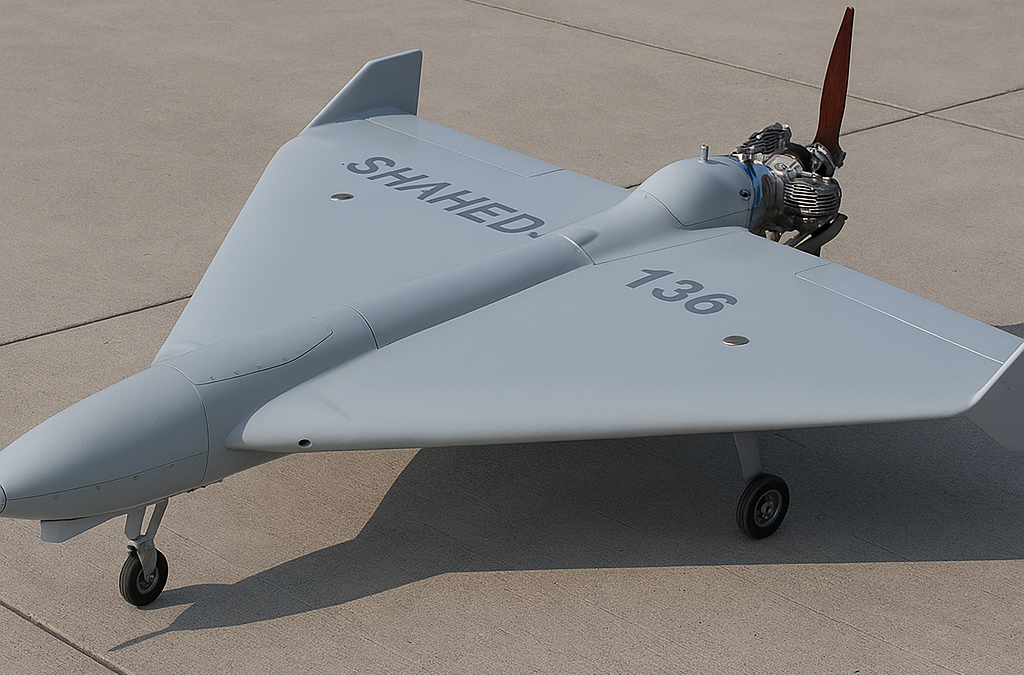During recent mass drone assaults on Ukraine, Russian “Shahed” drones are increasingly bypassing the country’s air defense systems and reaching urban targets. Previously, Ukraine’s forces were able to intercept up to 90% of these drones before April, but that success rate has now declined significantly. Aviation specialist Kostiantyn Kryvolap, speaking to 24Kanal, highlighted several key factors behind this shift.
He explained that army aviation—especially helicopters from the Ground Forces—had played a major role in neutralizing enemy drones, accounting for nearly half of all interceptions. However, Kryvolap noted that Russian forces have recently upgraded their “Shaheds” with faster Chinese-made engines and are deploying them in much larger numbers during each attack. Furthermore, these drones now operate at higher altitudes, beyond the reach of helicopters.
Because of these developments, Kryvolap said, Ukraine’s army aviation can no longer intercept drones as effectively as before.
“The capability of army aviation has sharply dropped, and ‘Shaheds’ are now more frequently breaking through our defenses. Mobile fire teams also face challenges, since if a drone is flying above 2,000 meters, they’re simply unable to target it,” Kryvolap emphasized.
He further noted that, counterintuitively, it’s easier for the Air Force’s tactical jets to hit a cruise missile traveling at 700 km/h than to shoot down a drone cruising at a much slower 130–180 km/h.
Kryvolap also pointed out that Russia is employing reconnaissance drones to chart paths for the main drone waves, helping them avoid Ukrainian air defense systems by identifying and bypassing their locations.
To effectively respond to these increasingly sophisticated drone assaults, Kryvolap recommended the use of interceptor drones and short-range missiles that could be deployed from light aircraft platforms.
